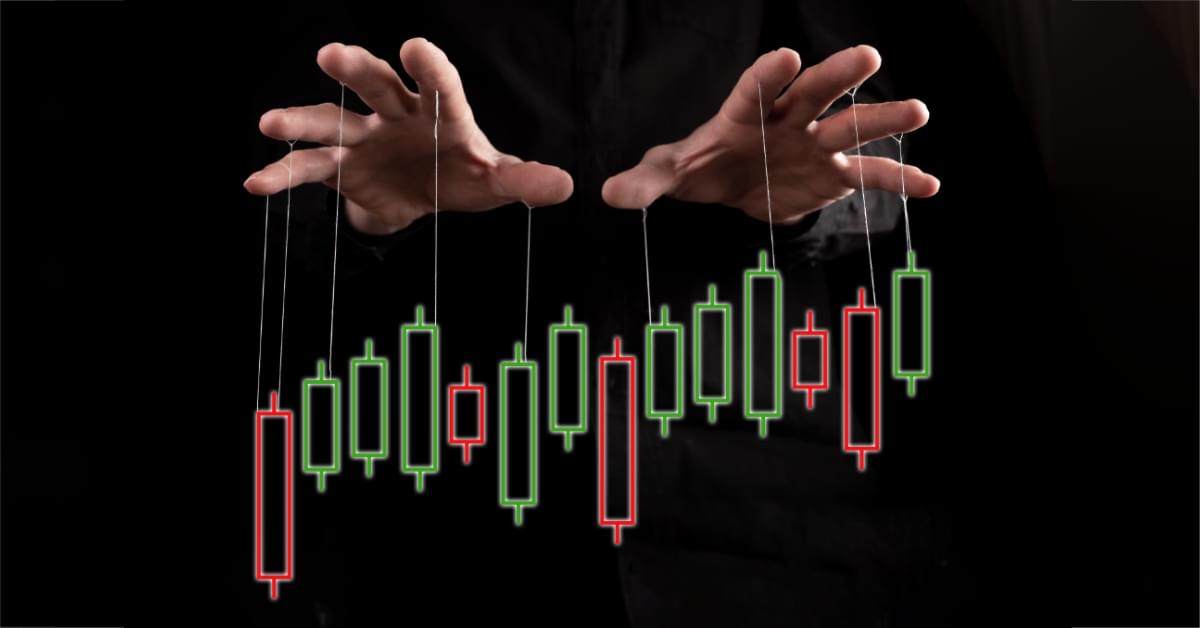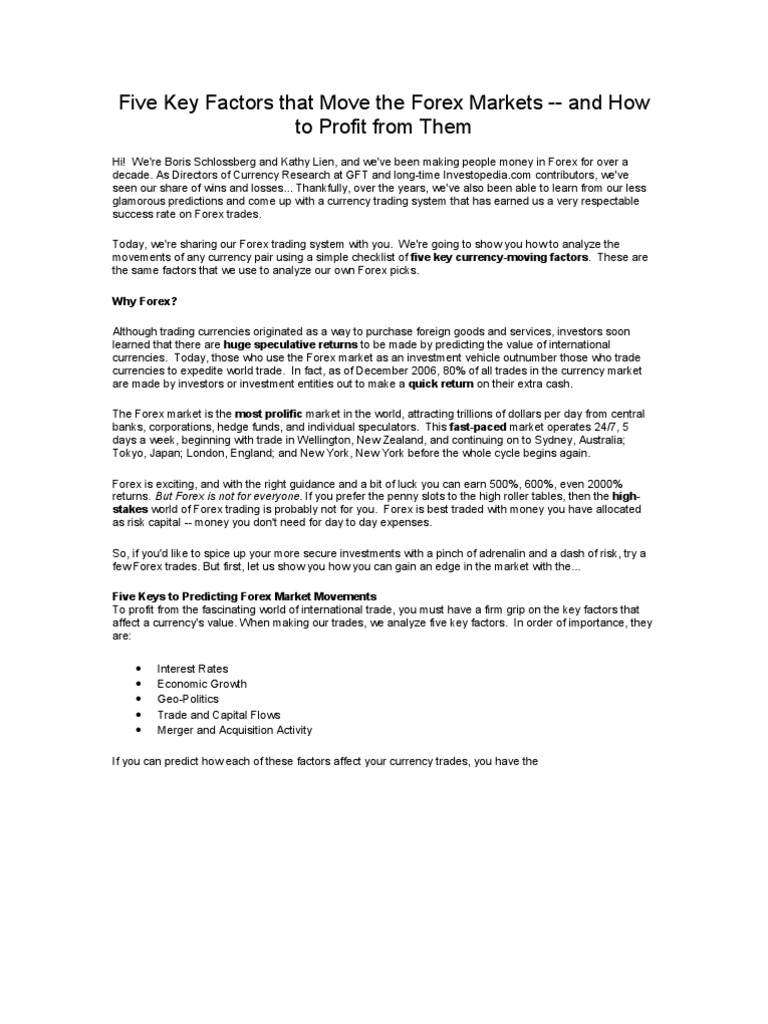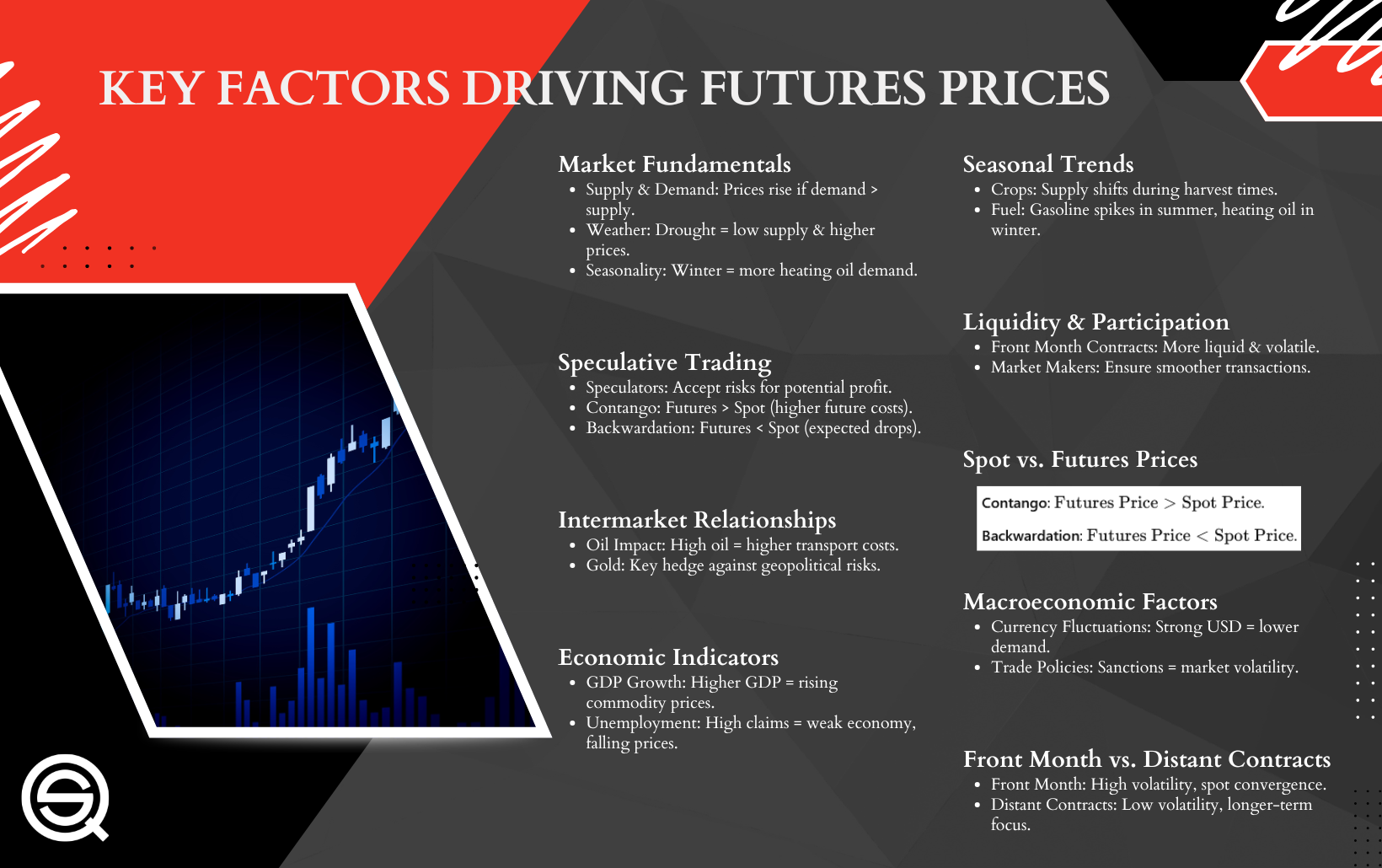Ever wondered why your favorite currency pair suddenly jumps or crashes during your trading session? Yeah, same here. When I first started trading, I thought price moves were just noise. But it turns out there’s a method to the madness—seven, actually.
Most traders struggle because they don’t understand what really drives currency movements. I’ve been there—trading blind, reacting late, and losing pips because I didn’t see the signs.
In this guide, I’ll show you the 7 essential factors that move forex prices every single day. These aren’t theories—they’re the things I check each morning before I even open my charts.
Here’s what you’ll learn:
- Why interest rates can make or break a currency
- How news events shake the markets
- What traders really mean by “market sentiment”
- When central banks quietly move billions
- What trade deficits tell us (and why they matter)
If you care about making smarter trades and understanding what’s really behind those candlestick wicks, keep reading. This article pulls back the curtain with case studies, data, and tools I use myself.
1. Interest Rates and Inflation
This one hit me hard in my first year. I watched USD/JPY spike overnight and had no clue why. Turns out the Fed had just raised interest rates. Interest rates aren’t just numbers—they’re signals. They shout to investors, “Come park your money here!”
When a country raises rates, investors rush in for higher returns. That demand pushes the currency up. But inflation complicates things. Rising inflation eats away at those returns, which can actually weaken the currency if central banks don’t act fast.
Real-World Impact of Interest Rate Shifts
I’ll never forget January 2022. The Fed hinted at aggressive rate hikes. Within hours, the USD strengthened across the board. Traders piled into USD-based assets, and currencies like the EUR and JPY took a hit.
Carry traders—those who borrow in low-rate currencies to invest in high-rate ones—love this stuff. Think AUD/JPY or NZD/CHF. But it’s risky. One surprise from a central bank and you’re upside down.

2. Economic Indicators
When I started following the economic calendar, everything changed. Suddenly, I wasn’t surprised when the euro spiked after a strong German GDP report. Economic indicators are the pulse of a nation’s economy.
Think of GDP, unemployment, CPI (inflation), and retail sales. These numbers tell us whether an economy is thriving or struggling. And traders? We move based on expectations. If the actual number beats the forecast—boom, volatility.
How Traders Use Economic Data
I trade NFP Fridays religiously. The U.S. Non-Farm Payroll report drops the first Friday of every month, and it’s a beast. A surprise in either direction can move USD pairs by hundreds of pips. I remember one trade where EUR/USD jumped 80 pips in less than 10 minutes—pure adrenaline.
Traders watch the forecast and compare it to the release. But here’s the kicker: even if the number hits, revisions to the previous month can shift the market too.

3. Trade Balances and Current Account Deficits
When I read about how a country’s exports and imports affect its currency, it finally clicked. If a country imports more than it exports, it’s buying more foreign currency—flooding the market with its own. That drives its currency down.
On the flip side, countries with trade surpluses (like Germany or China) often see currency appreciation. It’s basic supply and demand—but on a national scale.
Forex Reactions to Trade Data
I tracked how China’s trade surplus affected the yuan (CNY) over time. Strong trade numbers made the CNY more attractive. But the PBOC (People’s Bank of China) often intervenes to keep it in check. That’s the dance between free market forces and central bank controls.
When the U.S. trade deficit widened in early 2023, the dollar lost ground against most majors. Why? Investors worried about sustainability. More imports = more dollars flowing out = weaker USD.
4. Geopolitical and Political Events
This one hurts the most—because you can’t predict it. Political shocks hit the market like a hammer. I was long GBP during the Brexit vote in 2016. I watched in disbelief as GBP/USD dropped over 10% overnight. I learned a tough lesson: don’t ignore politics.
Markets hate uncertainty. Wars, elections, policy changes—these shake trader confidence. When fear takes over, people flee to safe-haven currencies like USD, JPY, and CHF.
Crisis Events and Forex Volatility
When Russia invaded Ukraine in 2022, EUR/USD tanked. European stability was at risk, and traders pulled out of the euro. At the same time, the dollar surged. It wasn’t about logic—it was about survival.
Even a single tweet from a politician or central bank official can move billions. That’s why I keep a “geopolitical alert” tab open during trading hours. And I always ask: *If this headline were true, where would smart money go?*

5. Central Bank Policy
Central banks aren’t just adjusting interest rates—they’re shaping entire economies. Their words move markets as much as their actions. If you’ve ever watched the EUR/USD spike just because Christine Lagarde (ECB President) said something hawkish, you know what I mean.
Central banks use tools like quantitative easing (QE), bond-buying, and forward guidance to manipulate currency demand. Traders hang on every word. I do too.
Case Studies in Central Bank Policy Impact
In 2015, the Swiss National Bank (SNB) suddenly removed its euro peg. EUR/CHF plummeted over 30% in minutes. It was chaos. Some brokers went bankrupt. That’s the power central banks wield.
Even without action, their tone matters. When the Fed says it’s “data-dependent,” it’s a signal: *We might pivot, so trade cautiously.* That kind of nuance is what separates the pros from the newbies.

| Factor | Effect on Currency | Trader Reaction |
|---|---|---|
| Interest Rate Hike | Currency Appreciation | Buy currency, favor carry trades |
| High Inflation | Currency Depreciation (unless countered) | Sell or hedge currency |
| Trade Deficit | Weakens currency | Short-term sell bias |
| Political Unrest | Risk-off: Safe havens rise | Shift to USD, JPY, CHF |
6. Market Sentiment and Speculation
When I finally stopped ignoring trader sentiment, my win rate shot up. I used to think fundamentals ruled everything—but speculation often takes the wheel. And sometimes, the market doesn’t move because of logic. It moves because of FOMO.
Market sentiment is all about what people think will happen. Traders jump in based on news, rumors, or price action alone—long before data confirms anything. That’s why technicals and headlines can overpower fundamentals in the short term.
Speculative Drivers in Action
I remember when a tweet from Elon Musk about Bitcoin sparked crypto volatility—forex pairs linked to risk appetite, like AUD/USD, moved too. Or when markets rallied on “hopes” of a Fed pivot even though inflation hadn’t cooled. I’ve learned that herd behavior can’t be ignored.
Tools like the Commitment of Traders (COT) report or social sentiment dashboards give a window into crowd behavior. But they only tell part of the story. As a rule, I ask myself: *Is this move based on real change—or just hype?*
7. Supply and Demand Imbalance
This one felt abstract when I started out. But when I saw how capital flows into a country boosted its currency, it all made sense. More people buying a currency than selling it? Price goes up. It’s that simple.
Foreign investment, confidence in government policy, and business climate all drive demand. On the flip side, political turmoil or bad economic management pushes money out.
Currency Demand Case Studies
The U.S. dollar always spikes during global crises. Why? Confidence. In 2020, when COVID hit, traders dumped everything and bought dollars. The same happened during the 2008 crisis. The USD is a safe haven for a reason.
More recently, I’ve watched countries like India and Brazil attract foreign direct investment (FDI), strengthening their currencies in the process. Even the perception of economic growth can draw investor money—and that pushes demand up.
FAQ
What moves forex prices the most?
In my experience, central bank decisions have the strongest and most consistent impact. But it’s not just rate hikes or cuts—it’s the tone and guidance. Traders react fast when they smell a policy shift coming.
How often do interest rates affect the forex market?
All the time. Even when rates don’t change, discussions around them stir up movement. For example, just one hawkish comment from a central banker can lift the currency instantly.
Can geopolitical news cause currency crashes?
Absolutely. I’ve seen flash crashes and multi-day selloffs sparked by wars, elections, and even rumors. If you’re not watching global news as a trader, you’re flying blind.
Recap of Key Points
Let’s quickly go over what we just covered. Forex prices move daily because of seven big factors:
- Interest rates and how they attract or repel capital
- Economic indicators that reveal the health of an economy
- Trade balances and current account data shaping currency flow
- Political events that trigger risk-on or risk-off behavior
- Central bank policies including QE and interventions
- Market sentiment that swings with crowd psychology
- Supply and demand imbalances driven by confidence and investment
Final Takeaway
If you want to thrive in forex, you need to go beyond charts. Understand what drives currencies at a deeper level. Learn to spot patterns in fundamentals, news, and behavior. I promise—once I did that, I stopped gambling and started trading.
Closing Thought
You don’t need to predict the market. You need to react smarter. Keep these 7 factors in your daily prep. Watch how they play out in real time. The forex market will start making a lot more sense—and your trades will start making a lot more money.
Want to dig deeper? Check out this live economic calendar or read Investopedia’s take on currency movers.
